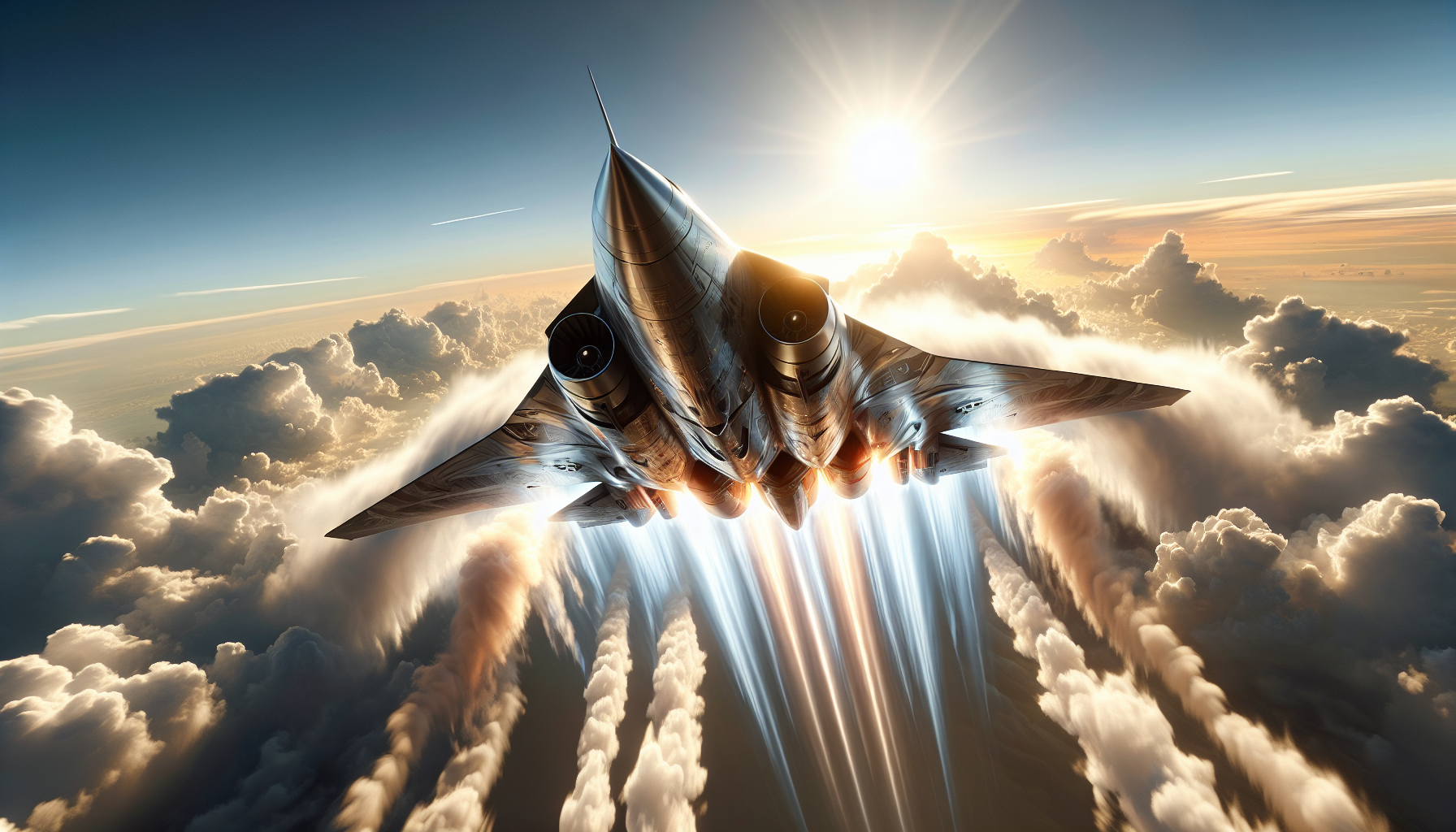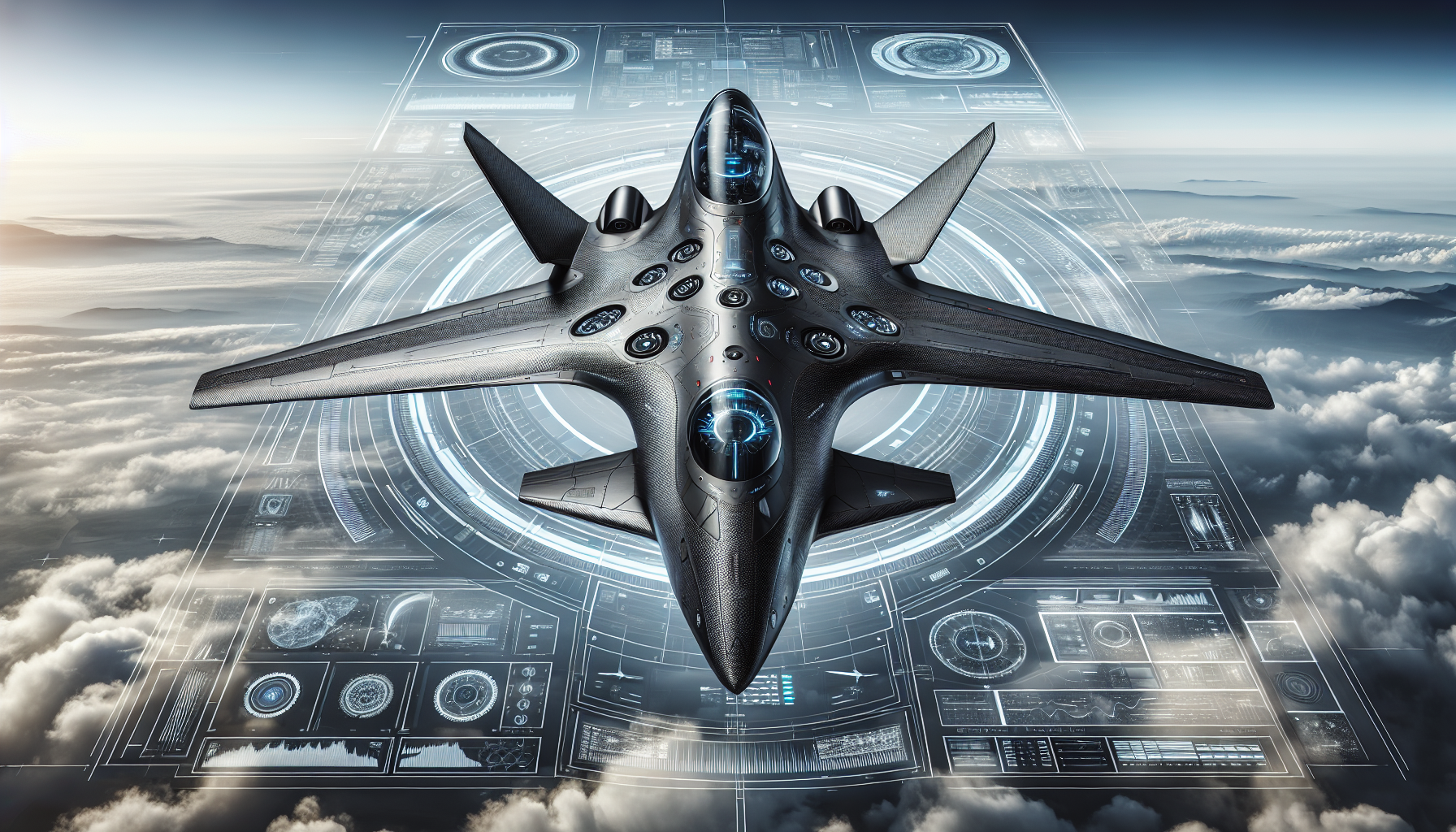
The Ultimate Aircraft Identification Guide: Mastering the Art of Identifying Different Types of Aircraft
1. Introduction to Aircraft Identification
Aircraft identification is the process of recognizing and distinguishing between various types of aircraft. It involves understanding the unique characteristics and features of different aircraft, such as their design, size, shape, and performance capabilities. By mastering this skill, aviation enthusiasts, pilots, and observers can easily identify and classify aircraft, enhancing their knowledge and understanding of the aviation industry.
Before diving into the specific types of aircraft, it’s essential to grasp some fundamental concepts of aircraft identification. This includes understanding the different parts of an aircraft, such as the fuselage, wings, engines, and tail. Additionally, knowledge of common aviation terminology and abbreviations will greatly facilitate the identification process.
One valuable resource for learning about the basics of aircraft identification is through the use of a comprehensive Wikipedia page dedicated to this subject. This page provides an in-depth overview of the various aspects of aircraft identification, offering detailed explanations and examples.
As we delve into the various types of aircraft in this guide, it’s important to remember that accurate identification requires careful observation and attention to detail. An aircraft’s physical attributes, such as its size, shape, and wing configuration, can often provide vital clues. Furthermore, understanding an aircraft’s purpose, whether it’s a commercial airliner, military fighter jet, or general aviation aircraft, can also assist in accurate identification.
Throughout this guide, we will explore different types of aircraft, including commercial aircraft, military aircraft, general aviation aircraft, helicopters, unmanned aerial vehicles (UAVs), amphibious aircraft, and experimental and vintage aircraft. Each section will provide a comprehensive overview of the distinguishing features and characteristics of these aircraft types, ensuring that you have a solid foundation for identifying them with confidence.
So let’s begin this exciting journey into the world of aircraft identification, where you’ll gain the knowledge and skills to distinguish between different types of aircraft and appreciate the wonders of aviation.
The Ultimate Aircraft Identification Guide: Mastering the Art of Identifying Different Types of Aircraft
2. Commercial Aircraft
Commercial aircraft are the most commonly seen type of aircraft in the skies. They are used for passenger and cargo transportation, connecting people and goods around the world. Commercial aircraft come in various sizes and configurations, catering to different flight distances and passenger capacities.
Jetliners are the largest and most recognizable commercial aircraft here. These high-speed, long-range planes are designed to carry a large number of passengers over vast distances. Jetliners include popular models such as the Boeing 737, Airbus A320, and the iconic Boeing 747, often referred to as the “Queen of the Skies.”
Regional jets are smaller aircraft used for short-haul flights between regional airports. They have fewer passenger seats and generally fly shorter distances compared to jetliners. Examples of regional jets include the Embraer E-Jet series and the Bombardier CRJ series.
Turboprops are another type of commercial aircraft that use propellers instead of jet engines. These aircraft are known for their versatility and ability to operate on shorter runways. Turboprops, such as the ATR 72 and the Bombardier Q400, are commonly used for regional flights to connect smaller cities and towns.
Below is a comprehensive table summarizing the key characteristics of commercial aircraft:
| Type | Size | Passenger Capacity | Range | Examples |
|---|---|---|---|---|
| Jetliners | Large | 100-600+ | Long-haul | Boeing 747, Airbus A320 |
| Regional Jets | Medium | 50-100 | Short-haul | Embraer E-Jet, Bombardier CRJ |
| Turboprops | Small | Up to 80 | Short-haul | ATR 72, Bombardier Q400 |
These commercial aircraft play a vital role in connecting people and facilitating global travel. Understanding their characteristics and being able to identify them not only enhances your aviation knowledge but also allows you to appreciate the immense feat of engineering and logistics involved in the airline industry.
In the next sections, we will explore the fascinating world of military aircraft, general aviation aircraft, helicopters, unmanned aerial vehicles (UAVs), amphibious aircraft, and experimental and vintage aircraft.
The Ultimate Aircraft Identification Guide: Mastering the Art of Identifying Different Types of Aircraft
3. Military Aircraft
Military aircraft play a crucial role in national defense and operations around the world. These advanced machines are specifically designed and built for combat missions, aerial reconnaissance, and other military operations. Military aircraft are characterized by their exceptional speed, maneuverability, and weaponry capabilities.
Fighters are the front-line military aircraft designed primarily for air-to-air combat. They are equipped with advanced radar systems, missiles, and cannons to engage enemy aircraft effectively 2023-대박-예감-요즘-뜨는-레인-부츠-10-미리-보기. Fighters such as the Lockheed Martin F-22 Raptor and the Boeing F/A-18 Super Hornet possess exceptional speed, agility, and stealth capabilities.
Bombers are military aircraft that carry and deliver large quantities of bombs to strategic targets on the ground. These aircraft are designed for long-range missions and often have advanced navigation and targeting systems. Bombers like the Northrop Grumman B-2 Spirit and the Boeing B-52 Stratofortress have the capability to strike targets with both conventional and nuclear weapons.
Transport Aircraft are responsible for moving personnel, equipment, and supplies to various locations. These aircraft play a vital role in troop deployment and logistical support. Transport aircraft, such as the Lockheed C-130 Hercules and the Boeing C-17 Globemaster III, are designed to operate from various airfields, including austere and unprepared runways.
Military aircraft are at the forefront of technological innovation, often pushing the boundaries of aerodynamics, avionics, and stealth technology. They are a testament to human engineering and ingenuity, showcasing the capabilities of modern military forces.
Below is a summary table highlighting the key characteristics of military aircraft:

| Type | Purpose | Examples |
|---|---|---|
| Fighters | Air-to-air combat | F-22 Raptor, F/A-18 Super Hornet |
| Bombers | Strategic bombing | B-2 Spirit, B-52 Stratofortress |
| Transport Aircraft | Troop and equipment transport | C-130 Hercules, C-17 Globemaster III |
These military aircraft represent the cutting edge of technology and are essential components of a nation’s defense strategy. Recognizing these aircraft and understanding their capabilities is not only fascinating but also a testament to the engineering prowess and dedication of the men and women who design, build, and operate them.
In the following sections, we will explore the diverse world of general aviation aircraft, helicopters, unmanned aerial vehicles (UAVs), amphibious aircraft, and experimental and vintage aircraft.
The Ultimate Aircraft Identification Guide: Mastering the Art of Identifying Different Types of Aircraft
4. General Aviation Aircraft
General aviation aircraft encompass a broad range of aircraft used for various purposes outside of commercial and military operations. These aircraft are primarily owned and operated by individuals, private companies, flight schools, and government agencies for personal, recreational, and business purposes.
Single-Engine Piston Aircraft are the most common type of general aviation aircraft. They are small, lightweight planes with a single piston engine and typically have seating for up to four passengers. Examples of popular single-engine piston aircraft include the Cessna 172 and the Piper Cherokee.
Multi-Engine Piston Aircraft are larger and more powerful than single-engine piston aircraft. They have two or more piston engines and are capable of higher speeds and carrying more passengers and cargo. Multi-engine piston aircraft, such as the Beechcraft Baron and the Diamond DA42, are commonly used for business travel and air taxi services.
Turboprops are general aviation aircraft that use a gas turbine engine to power a propeller. Turboprops offer enhanced performance, including greater speed and altitude capabilities, compared to piston-engine aircraft. They are popular choices for regional transportation, cargo operations, and surveillance missions. Notable turboprop aircraft include the Pilatus PC-12 and the Cessna Caravan.
Business Jets, also known as executive jets or corporate jets, are high-performance aircraft designed for efficient and luxurious travel. They are commonly used by businesses and wealthy individuals for executive transportation and cross-country flights. Business jets like the Gulfstream G650 and the Bombardier Global 6000 offer long-range capabilities and premium amenities.
Here is a summary table highlighting key characteristics of general aviation aircraft:
| Type | Engine | Seating Capacity | Examples |
|---|---|---|---|
| Single-Engine Piston | Piston | 1-4 | Cessna 172, Piper Cherokee |
| Multi-Engine Piston | Piston | 4-10 | Beechcraft Baron, Diamond DA42 |
| Turboprops | Turbine | 4-12 | Pilatus PC-12, Cessna Caravan |
| Business Jets | Turbine | 2-20+ | Gulfstream G650, Bombardier Global 6000 |
General aviation aircraft provide individuals and businesses with the flexibility and freedom to travel to remote locations, conduct aerial surveys, and pursue their passions for flying. Understanding the different types of general aviation aircraft and their capabilities allows enthusiasts to appreciate the diverse range of options available in this segment of aviation.
In the next sections, we will explore the unique characteristics of helicopters, unmanned aerial vehicles (UAVs), amphibious aircraft, and experimental and vintage aircraft.
The Ultimate Aircraft Identification Guide: Mastering the Art of Identifying Different Types of Aircraft
5. Helicopters
Helicopters are unique aircraft that have the ability to take off, land, and hover vertically. They are widely used for various purposes, including transportation, emergency medical services, search and rescue missions, and military operations. The main characteristic that sets helicopters apart from fixed-wing aircraft is their ability to hover and maneuver in any direction.
Single Rotor helicopters are the most common type of helicopters. They feature a main rotor and a tail rotor, which counteract the torque produced by the main rotor. Single-rotor helicopters, such as the Bell UH-1 Huey and the Sikorsky UH-60 Black Hawk, are used for a wide range of applications, including military transport, rescue operations, and firefighting.
Dual Rotor helicopters, also known as tandem rotor helicopters, have two main rotors on top of each other. These helicopters often have greater lifting capacity and stability compared to single-rotor helicopters. The Boeing CH-47 Chinook and the Kamov Ka-32 are examples of dual-rotor helicopters used for heavy-lift operations, troop transport, and aerial firefighting.
Tiltrotors are a unique type of hybrid aircraft that combine the vertical takeoff and landing capabilities of helicopters with the speed and efficiency of fixed-wing aircraft. Tiltrotors, such as the Bell Boeing V-22 Osprey and the Leonardo AW609, can take off and land like a helicopter and then tilt their rotors forward for horizontal flight. They are primarily used for military transport and search and rescue missions.
Helicopters are incredibly versatile and play a vital role in various industries and operations. Their ability to hover, maneuver in confined spaces, and perform vertical takeoffs and landings make them essential assets in both civilian and military applications.
Below is a summary table highlighting key characteristics of helicopters:
| Type | Main Features | Examples |
|---|---|---|
| Single Rotor | Main rotor and tail rotor | Bell UH-1 Huey, Sikorsky UH-60 Black Hawk |
| Dual Rotor | Two main rotors stacked on top of each other | Boeing CH-47 Chinook, Kamov Ka-32 |
| Tiltrotors | Vertical takeoff/landing, forward flight capability | Bell Boeing V-22 Osprey, Leonardo AW609 |
Helicopters are engineering marvels that provide essential capabilities in a wide range of industries. Understanding the different types of helicopters and their unique features enables enthusiasts to appreciate the complexity, versatility, and value that helicopters bring to aviation.
In the upcoming sections, we will explore unmanned aerial vehicles (UAVs), amphibious aircraft, experimental and vintage aircraft, as well as provide a glossary and frequently asked questions (FAQs) section to further enhance your knowledge of aircraft identification.